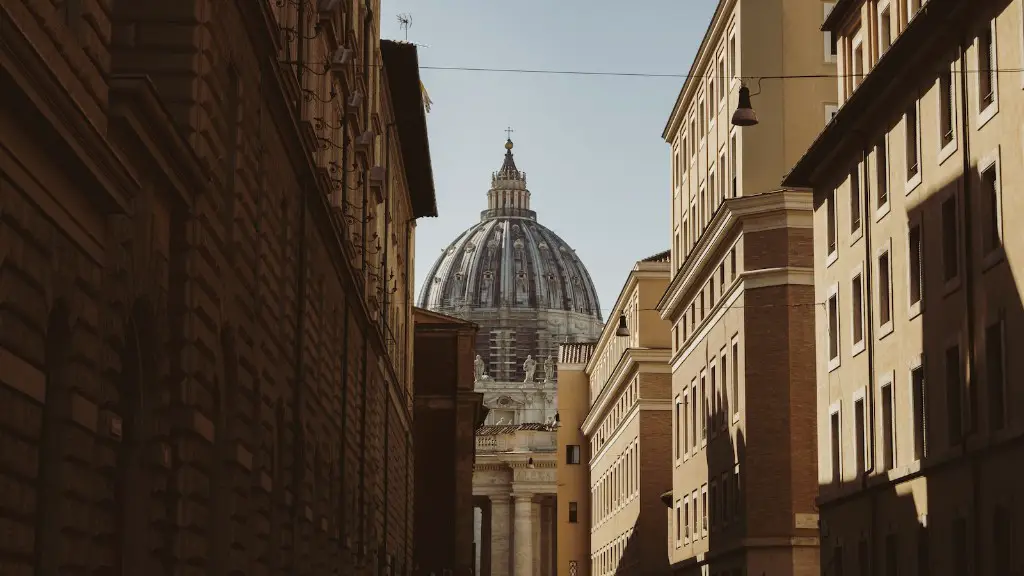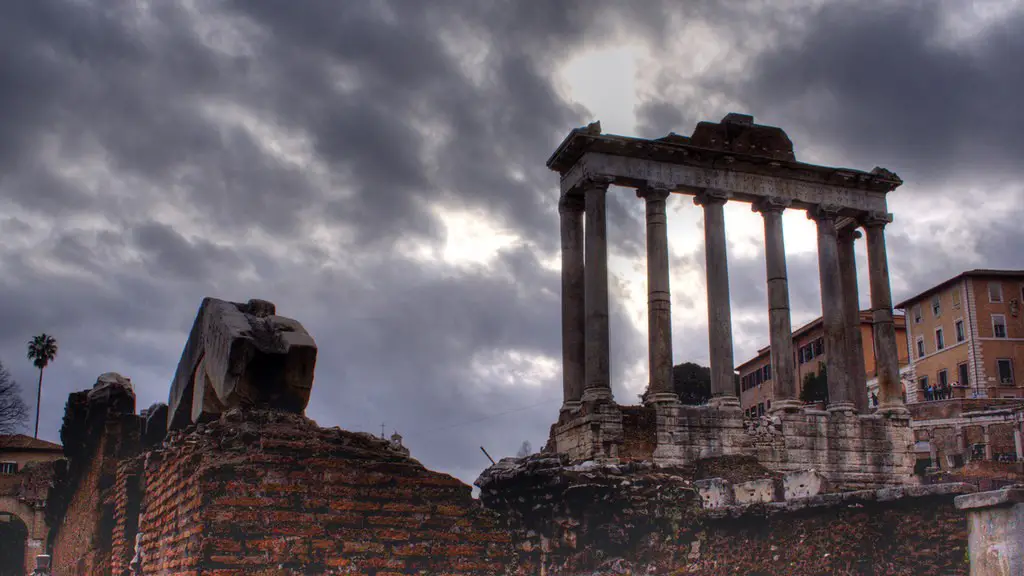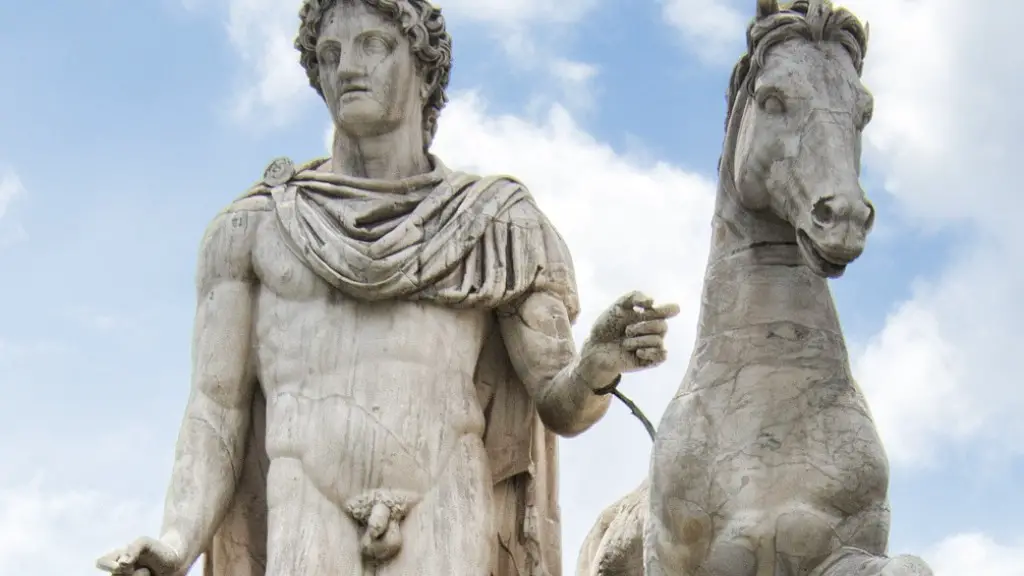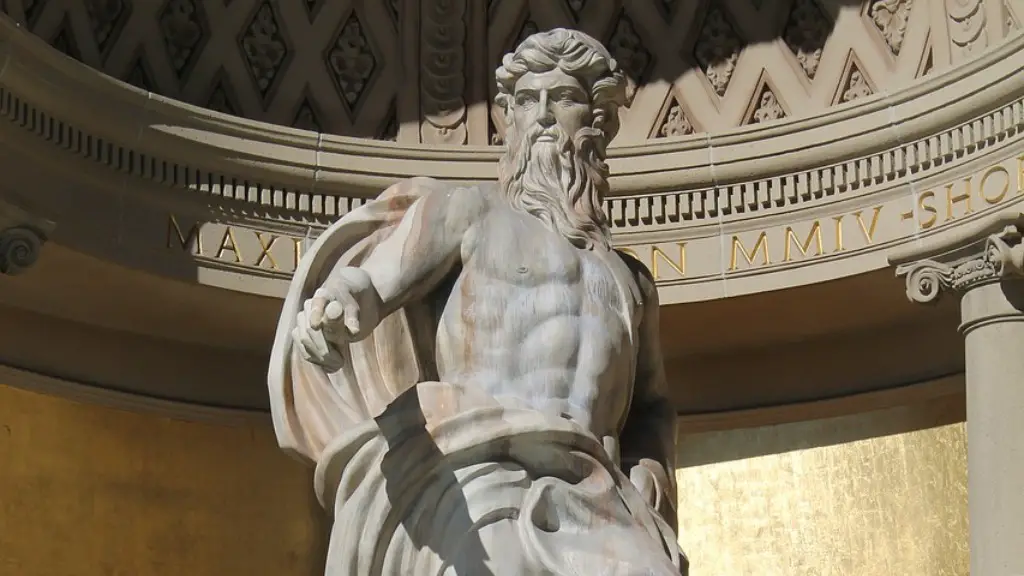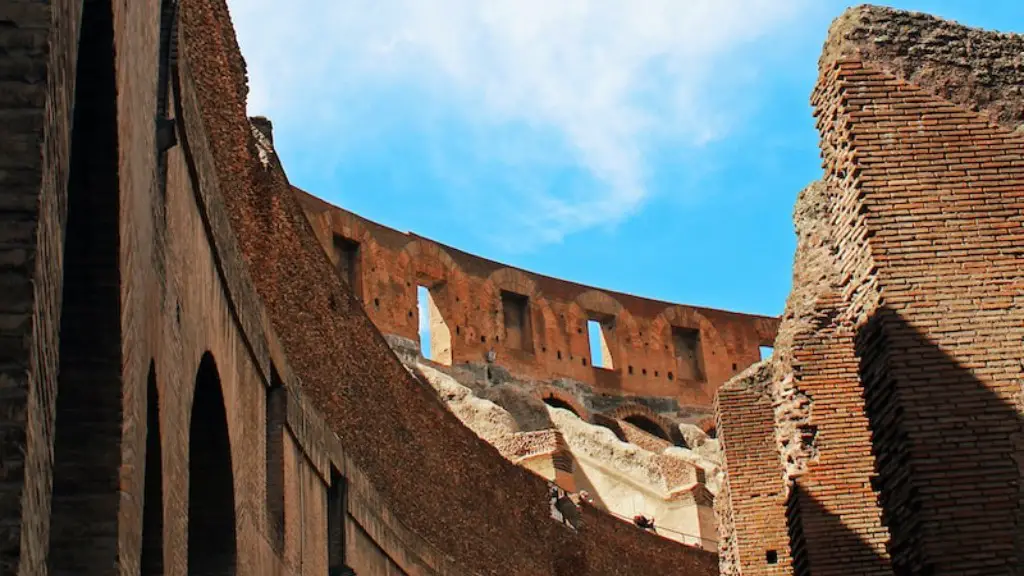From the early days of the Roman Republic until the end of the empire, painting was used extensively in Rome for a variety of purposes. Paintings were used to beautify homes and public spaces, to tell stories and communicate messages, to record history, and to honor the gods and goddesses. Roman paintings were often highly realistic and detailed, and often featured bright colors and dynamic composition. Many Roman paintings were preserved over the centuries, and they provide a valuable record of life in ancient Rome.
In ancient Rome, paintings were used as a form of decoration and as a means of conveying messages. Paintings were often used to decorate the walls of homes and public buildings. They were also used to communicate messages, such as political propaganda.
What were Roman paintings used for?
The Romans used wall paintings, specifically frescoes, as a way to open up and lighten their space. Frescoes are a type of painting that is done on fresh, moist plaster. This type of painting was popular in the Roman Empire and helped to brighten up homes and public spaces.
Classicizing elements are those features that make an artwork look like it belongs to the Classical period. This can include things like smooth lines, elegant drapery, idealized nude bodies, highly naturalistic forms, and balanced proportions. The Greeks perfected these elements over centuries of practice, and the Augustus and the Julio-Claudian dynasty were particularly fond of incorporating them into their art.
What was the importance of art in Ancient Rome
The Romans were very intentional about the art they created. They wanted it to be useful and to tell future generations about life in the past. This helps us to have a clear picture of what life was like in Ancient Rome. Some paintings depicted important Roman battles and other historical events, providing future generations with history lessons.
Fresco painting was a popular form of painting in ancient Rome. Frescoes were used to adorn the interiors of private homes in both Roman cities and in the countryside. Ancient literary references inform us that Roman paintings were also done on wood, ivory, and other materials, but few of these works have survived. Fresco painting is a more durable medium, and thus many more frescoes from ancient Rome have been preserved.
What kind of method in painting did the Romans use?
Fresco is a technique of painting on wet plaster, which was popular in ancient Rome. The plaster would be applied to the wall and then the artist would paint on it while it was still wet. This created a durable and long-lasting painting. Frescoes were often used to decorate the interior walls of houses.
Republican Rome was a time when portraiture became a way of establishing societal legitimacy. This was done through family and background. Families would have their portraits painted to show their status in society. This was a way of achieving status in Republican Rome.
What is unique about Roman art?
The Romanesque Period is categorized by a few key aspects that differentiate it from earlier eras of art history. Figures were more frontal and deeply carved during this time as opposed to earlier periods where they were in profile and had shallow carving. There was also a lack of extensive detail, flowing lines, and strict proportion as seen in the earlier Roman and Classical Greek art periods. This is likely due to the fact that artists during the Romanesque Period were more concerned with creating a sense of drama and emotion in their works, rather than accuracy and realism. Additionally, there is clear evidence of hierarchal scale during this time, where the most important figure in a mosaic or frieze is the largest and most prominent individual. This scale is likely a reflection of the feudal society of the time, where people of higher importance were given more power and prestige.
Roman art was incredibly varied, with a wide range of subjects covered. This included animal paintings, Still life paintings of everyday objects, portraits, landscapes and mythical or historical scenes. Some landscapes were simply beautiful scenes from nature, while others depicted scenes from Roman mythology. The still life paintings were particularly interesting, as they often featured fruit or animals. These paintings provide a fascinating insight into Roman life and culture.
What was the most important contribution of Romans in painting
The Roman Empire was influential in the development of art, specifically in their replication of Greek statues. Of the original Greek statues, 99% have disappeared, but through the Roman copies, we are still able to appreciate the beauty and skill of the Greek sculptors. The Roman Empire was not only influential in the art world, but also in the political and social worlds, and their impact can still be seen in modern times.
Roman art has had a profound influence on subsequent painters and sculptors. The highly structured and refined aesthetic of Roman art was especially popular during the early days of the United States, when Americans were striving to create a art tradition that would be seen as dignified and noble. Many of the statues in Washington, DC exhibit a strong Roman influence, testifying to the enduring power of this artistic tradition.
What were Roman paintings made of?
Frescoes are paintings that are created on plaster that has pigments added to it while it is drying. Frescoes are made of one to three coats of mortar along with one to three coats of lime mixed with marble. In the first century BC, Roman walls were decorated with different paintings.
Roman art was primarily influenced by the Greeks and was often copies of Greek artwork. Some of the different mediums of Roman art include coin art, fine jewelry, metalwork, perspective drawing, and sculpture. Roman homes, villas, and public buildings were often decorated with sculptures and walls painted with scenes from everyday life.
What are 3 facts about art in Rome
Ancient Rome was definitely a culture that placed a high value on art. This can be seen in the many ancient Roman ruins that are still standing today, as well as in the many Roman artifacts that have been preserved over the years. While there aren’t a lot of Roman paintings that can be seen today, the Romans were famous for making good buildings and mosaics. Some Greeks were captured and kept as slaves by the Romans, and the rich Romans had their coffins covered with great carvings and art. Sculptures were also very popular in Rome.
The Romans were greatly influenced by the Greeks when it came to sculpture and painting. They helped to spread Greek art to later generations, who were then able to appreciate its beauty and value. Classical art is still influential today because of its simple yet elegant style, its depiction of humans, and its overall attractiveness.
What influenced Roman art the most?
It is no exaggeration to say that Greek art had a profound impact on Roman art. From the Roman poet Horace onwards, many historians and commentators have noted the extent to which Roman artists adopted and adapted Greek styles and subject matter. This process of “taking the captive Greece captive” can be seen in many different fields of Roman art, from architecture to painting and sculpture. In many ways, the history of Roman art is a history of engagement with Greek art.
There is no doubt that the Romans were heavily influenced by the Greeks. In fact, many aspects of Roman culture were borrowed directly from the Greeks. This is especially true when it comes to the arts. For the Romans, Greek culture symbolized a desirable way of life—of leisure, the arts, luxury and learning. The Romans admired the Greeks for their achievements in these areas, and so they sought to imitate them as much as possible.
One of the most obvious ways in which the Romans copied the Greeks was in the area of architecture. Many of the most famous Roman buildings, such as the Colosseum and the Pantheon, are based on Greek designs. Roman artists also borrowed heavily from their Greek counterparts when it came to sculpture and painting. Roman sculptures, for example, often imitate the style of Greek sculptures from the Classical period.
It is clear that the Romans were greatly influenced by the Greeks. This is reflected in many aspects of Roman culture, including the arts. The Romans admired the Greeks for their achievements in this area, and so they sought to imitate them as much as possible.
How did Roman art evolve
Roman art in the first century AD was becoming more realistic, with artists emphasizing optical effects and facial features. Beyond the second century AD, Roman art became more impressionist, using abstract forms and the effect of light to create impressions of reality.
One of the most significant contributions of Rome to the history of art is its replication of original Greek statues. It is estimated that 99 percent of all Greek statues have disappeared, making the Roman replicas some of the only remaining examples of Greek art. The skill and care with which the Romans replicated these statues is a testament to their own artistic abilities, as well as their reverence for the masterpieces of the Greek era.
Warp Up
Paintings in ancient Rome were used primarily for decoration. Common subjects included landscapes, mythological scenes, and portraits. historical events were occasionally depicted as well. Paintings were often displayed in public places such as temples, baths, and arenas.
Ancient Romans used paintings as a form of decoration for their homes and public buildings. Paintings were also used to tell stories and communicate messages.
